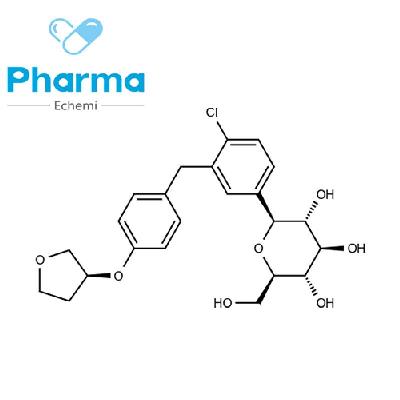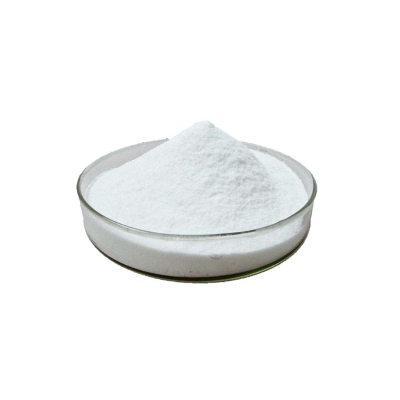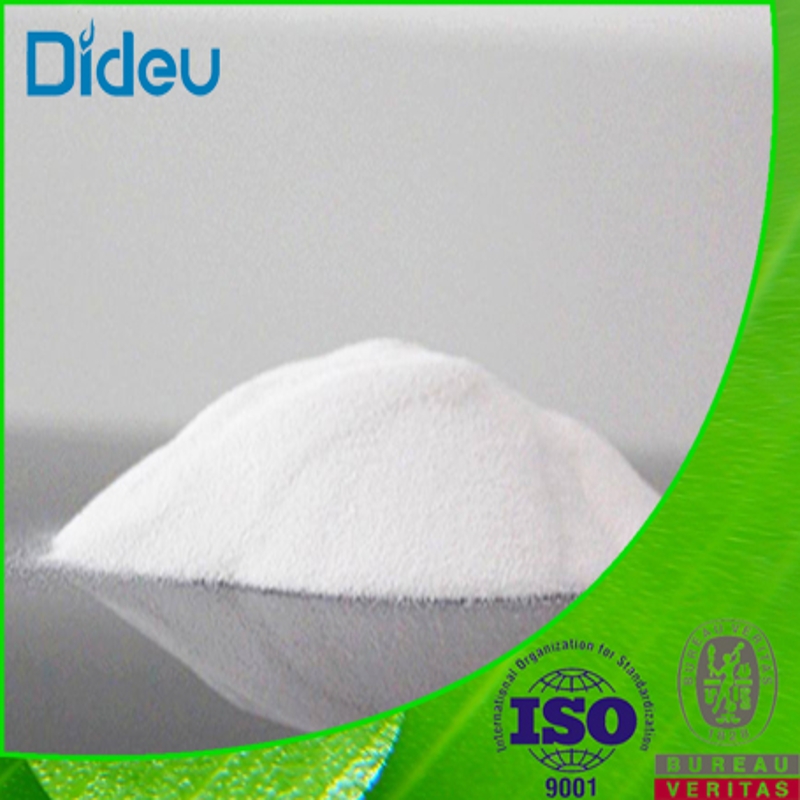-
Categories
-
Pharmaceutical Intermediates
-
Active Pharmaceutical Ingredients
-
Food Additives
- Industrial Coatings
- Agrochemicals
- Dyes and Pigments
- Surfactant
- Flavors and Fragrances
- Chemical Reagents
- Catalyst and Auxiliary
- Natural Products
- Inorganic Chemistry
-
Organic Chemistry
-
Biochemical Engineering
- Analytical Chemistry
-
Cosmetic Ingredient
- Water Treatment Chemical
-
Pharmaceutical Intermediates
Promotion
ECHEMI Mall
Wholesale
Weekly Price
Exhibition
News
-
Trade Service
*Only for medical professionals to read the reference director abused me thousands of times, I treat the
director like my first love
.
In the mouth of the director, there are always 100,000 whys
.
When I was a resident, every round-up by the director was the most stressful moment, because the director liked to ask questions
during the rounds.
Every time I meet the director on rounds, it is difficult to give a full score, and sometimes even my brain is blank and I
don't know what to do.
Have you encountered these problems during the director's rounds?
Case 1 female patient, 5 years of type 2 diabetes, normal kidney function, long-term use of metformin and repaglinide sugar control, because of suspected coronary heart disease to undergo coronary angiography
.
Q: How is metformin deactivated? How can I continue to use it after deactivation?
Answer: For diabetic patients with normal renal function, metformin does not need to be stopped before imaging, but after using contrast agents, it should be stopped for 48~72h under the guidance of a doctor, and the drug
can be continued after rechecking the renal function is normal.
For patients with abnormal renal function, metformin should be temporarily stopped 48h before the use of contrast and general anesthesia, and then need to be stopped for 48~72h, and the drug
can be continued after rechecking the renal function results are normal.
Case 2 is a 32-year-old male patient who found elevated blood sugar 1 year ago, accompanied by symptoms of "three more and one less"
.
Fasting blood glucose 8~9mmol/L, postprandial blood glucose about 12mmol/L, glycated hemoglobin (HbA1c) 8.
5%, oral glucose tolerance test (OGTT).
Suggest diabetes, insulin release test suggests that the insulin release curve is flat, glimepiride, metformin oral administration so far, plain blood glucose control is acceptable, but in the past 1 month the patient's blood sugar control is poor, fasting and postprandial blood sugar is 10~18mmol/L, weight loss, diet control and exercise therapy as usual, fasting, postprandial C-peptide levels have decreased significantly
.
Q: What is the patient's likelihood of diabetes? What else do I need to check?
A: Patients with a short course of diabetes, rapid islet failure, and poor glycemic control are not in line with the progression of type 2 diabetes, nor do they have the characteristics of classic type 1 diabetes mellitus that depends on insulin therapy, and have adult late-onset autoimmune diabetes mellitus (LADA) when there is no basis for diagnosing other special types of diabetes Two diagnostic points:
first, the age of onset> 30 years old;
Second, there is no dependence on insulin therapy
in the early stage after diagnosing diabetes.
LADA may be considered if the third diagnostic condition is positive for diabetes-related autoantibodies, particularly glutamate decarboxylase antibodies (GADA
).
Further testing for islet-associated antibodies
is required.
Follow-up: positive GADA, consider diabetes diagnosis for LADA
.
Case 3, a pregnant woman, 29 years old, 23 weeks pregnant, fasting plasma glucose 8.
0 mmol/L, oral 75g glucose tolerance test, blood glucose 12.
5 mmol/L 1 hour after taking sugar, blood glucose 11.
6 mmol/L 2 hours
。 After following up the medical history, the patient's fasting blood glucose was 6.
7 mmol/L at the first prenatal examination (12 weeks of pregnancy), and the local doctor ordered diet and other lifestyle control, and no further examination
.
Q: Can the patient be diagnosed with gestational diabetes?
A: According to the "2021 Diabetes Latest Diagnosis and Treatment Guidelines" issued by the American Diabetes Association (ADA), 75gOGTT is performed at 24~28 weeks of pregnancy and after 28 weeks.
Before taking sugar and 1 and 2h after taking sugar, the three blood glucose values should be lower than 5.
1, 10.
0 and 8.
5mmol/L
, respectively.
Gestational diabetes
is diagnosed when any blood glucose value meets or exceeds the above criteria.
For the diagnosis of pre-pregnancy diabetes, it can be diagnosed if any of the following 2 items are met:
1) pregnant women who have been diagnosed with diabetes before pregnancy;
2) Elevated blood glucose during pregnancy meets any of the following criteria: fasting grapes ≥ 7.
0 mmol/L; 75g OGTT, blood glucose ≥ 11.
1 mmol/L 2 hours after taking sugar; with classic hyperglycaemic symptoms or hyperglycaemic crisis with random blood glucose ≥ 11.
1 mmol/L; HbA 1c ≥ 6.
5%, but routine screening with HbA1c during pregnancy is not recommended
.
Therefore, the patient should be diagnosed with pre-pregnancy diabetes, that is, pre-pregnancy diabetes
.
This also reminds us that patients who have not checked their blood sugar before pregnancy should pay attention to pre-pregnancy diabetes
when their blood sugar is found to be high at the first prenatal examination.
Q: Do pre-gestational diabetes have the same glycemic control goals as gestational diabetes?
Answer: In China, the blood glucose of gestational diabetes patients should be controlled at 5.
3 and 6.
7 mmol/L before and after meals, ≤and the blood glucose ≤ 7.
8 mmol/L at 1 h after meals, respectively; Blood glucose < 4.
0mmol/L during pregnancy is low blood sugar, and < 3.
0mmol/L must be treated
immediately.
Pre-pregnancy diabetes patients are different, pre-meal, night blood glucose and fasting blood glucose should be controlled at 3.
3~5.
6 mmol/L, 2h postprandial blood glucose 5.
6~7.
1mmol/L, HbA1c < 6.
0%.
Whatever the goal of control, the premise is to prevent hypoglycemia
during pregnancy.
director like my first love
.
In the mouth of the director, there are always 100,000 whys
.
When I was a resident, every round-up by the director was the most stressful moment, because the director liked to ask questions
during the rounds.
Every time I meet the director on rounds, it is difficult to give a full score, and sometimes even my brain is blank and I
don't know what to do.
Have you encountered these problems during the director's rounds?
Case 1 female patient, 5 years of type 2 diabetes, normal kidney function, long-term use of metformin and repaglinide sugar control, because of suspected coronary heart disease to undergo coronary angiography
.
Q: How is metformin deactivated? How can I continue to use it after deactivation?
Answer: For diabetic patients with normal renal function, metformin does not need to be stopped before imaging, but after using contrast agents, it should be stopped for 48~72h under the guidance of a doctor, and the drug
can be continued after rechecking the renal function is normal.
For patients with abnormal renal function, metformin should be temporarily stopped 48h before the use of contrast and general anesthesia, and then need to be stopped for 48~72h, and the drug
can be continued after rechecking the renal function results are normal.
Case 2 is a 32-year-old male patient who found elevated blood sugar 1 year ago, accompanied by symptoms of "three more and one less"
.
Fasting blood glucose 8~9mmol/L, postprandial blood glucose about 12mmol/L, glycated hemoglobin (HbA1c) 8.
5%, oral glucose tolerance test (OGTT).
Suggest diabetes, insulin release test suggests that the insulin release curve is flat, glimepiride, metformin oral administration so far, plain blood glucose control is acceptable, but in the past 1 month the patient's blood sugar control is poor, fasting and postprandial blood sugar is 10~18mmol/L, weight loss, diet control and exercise therapy as usual, fasting, postprandial C-peptide levels have decreased significantly
.
Q: What is the patient's likelihood of diabetes? What else do I need to check?
A: Patients with a short course of diabetes, rapid islet failure, and poor glycemic control are not in line with the progression of type 2 diabetes, nor do they have the characteristics of classic type 1 diabetes mellitus that depends on insulin therapy, and have adult late-onset autoimmune diabetes mellitus (LADA) when there is no basis for diagnosing other special types of diabetes Two diagnostic points:
first, the age of onset> 30 years old;
Second, there is no dependence on insulin therapy
in the early stage after diagnosing diabetes.
LADA may be considered if the third diagnostic condition is positive for diabetes-related autoantibodies, particularly glutamate decarboxylase antibodies (GADA
).
Further testing for islet-associated antibodies
is required.
Follow-up: positive GADA, consider diabetes diagnosis for LADA
.
Case 3, a pregnant woman, 29 years old, 23 weeks pregnant, fasting plasma glucose 8.
0 mmol/L, oral 75g glucose tolerance test, blood glucose 12.
5 mmol/L 1 hour after taking sugar, blood glucose 11.
6 mmol/L 2 hours
。 After following up the medical history, the patient's fasting blood glucose was 6.
7 mmol/L at the first prenatal examination (12 weeks of pregnancy), and the local doctor ordered diet and other lifestyle control, and no further examination
.
Q: Can the patient be diagnosed with gestational diabetes?
A: According to the "2021 Diabetes Latest Diagnosis and Treatment Guidelines" issued by the American Diabetes Association (ADA), 75gOGTT is performed at 24~28 weeks of pregnancy and after 28 weeks.
Before taking sugar and 1 and 2h after taking sugar, the three blood glucose values should be lower than 5.
1, 10.
0 and 8.
5mmol/L
, respectively.
Gestational diabetes
is diagnosed when any blood glucose value meets or exceeds the above criteria.
For the diagnosis of pre-pregnancy diabetes, it can be diagnosed if any of the following 2 items are met:
1) pregnant women who have been diagnosed with diabetes before pregnancy;
2) Elevated blood glucose during pregnancy meets any of the following criteria: fasting grapes ≥ 7.
0 mmol/L; 75g OGTT, blood glucose ≥ 11.
1 mmol/L 2 hours after taking sugar; with classic hyperglycaemic symptoms or hyperglycaemic crisis with random blood glucose ≥ 11.
1 mmol/L; HbA 1c ≥ 6.
5%, but routine screening with HbA1c during pregnancy is not recommended
.
Therefore, the patient should be diagnosed with pre-pregnancy diabetes, that is, pre-pregnancy diabetes
.
This also reminds us that patients who have not checked their blood sugar before pregnancy should pay attention to pre-pregnancy diabetes
when their blood sugar is found to be high at the first prenatal examination.
Q: Do pre-gestational diabetes have the same glycemic control goals as gestational diabetes?
Answer: In China, the blood glucose of gestational diabetes patients should be controlled at 5.
3 and 6.
7 mmol/L before and after meals, ≤and the blood glucose ≤ 7.
8 mmol/L at 1 h after meals, respectively; Blood glucose < 4.
0mmol/L during pregnancy is low blood sugar, and < 3.
0mmol/L must be treated
immediately.
Pre-pregnancy diabetes patients are different, pre-meal, night blood glucose and fasting blood glucose should be controlled at 3.
3~5.
6 mmol/L, 2h postprandial blood glucose 5.
6~7.
1mmol/L, HbA1c < 6.
0%.
Whatever the goal of control, the premise is to prevent hypoglycemia
during pregnancy.







